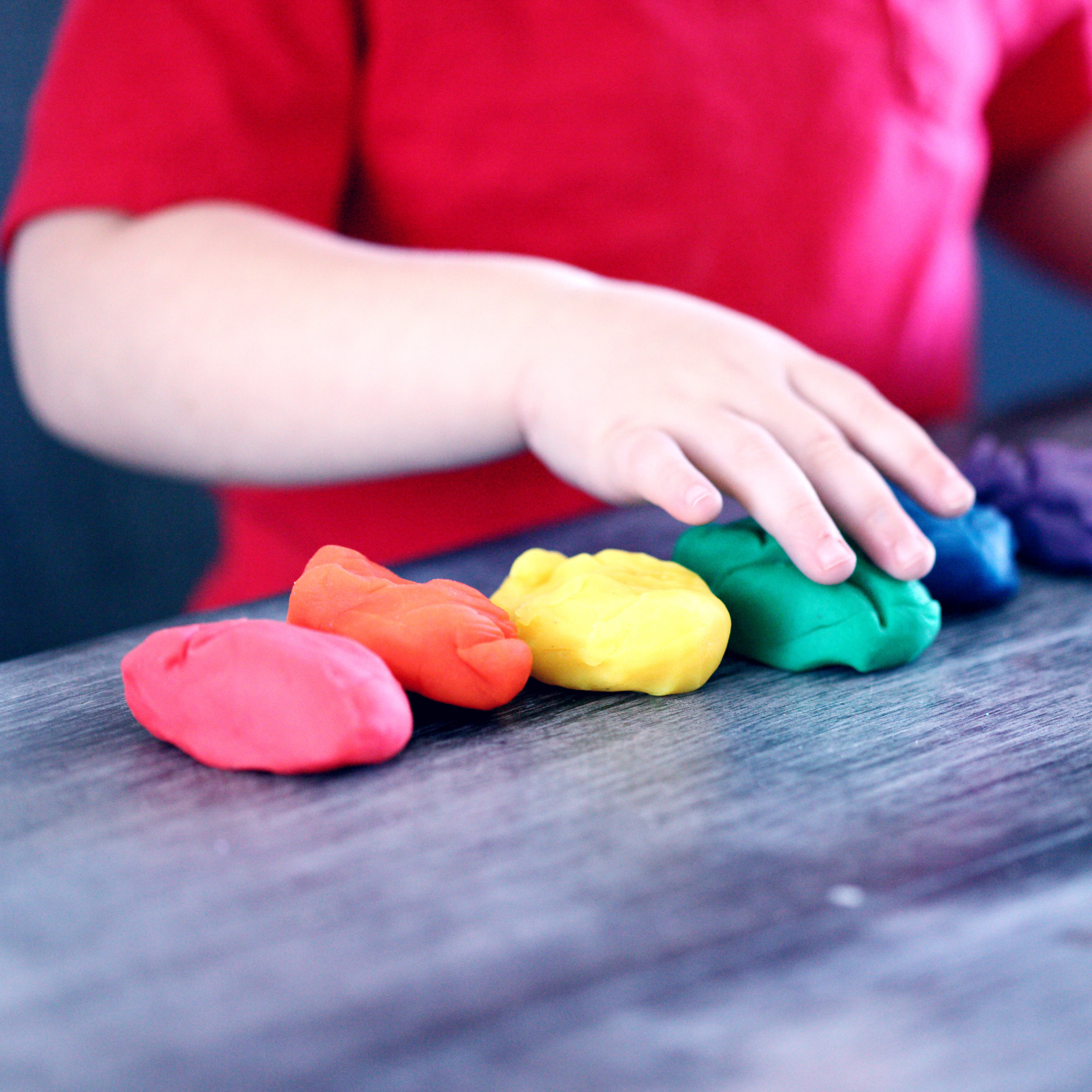Art therapy can be valuable in navigating anxiety. It can become another healthy tool in our collection whether your anxiety is occasional or chronic. One big benefit of art therapy is its ability to calm the nervous system: When we’re focused on creating, our attention shifts away from worrisome ruminations.
“When our attention has shifted, our nervous system can begin to regulate. And we can have more access to the rest of our brains, thoughts, emotions, empathy and compassion,” said Doreen Meister, MA, MFT, a mindfulness-based, expressive art and depth psychotherapist in Oakland, Calif. This lets us process more difficult experiences, she said.
Art therapy also lets us express ourselves nonverbally, which helps us move away from our thoughts to see a visual expression of a situation, Meister said. This “can provide more distance from the situation; it can be containing and allow for a different perspective.”
Plus, “the simple act of creative expression connects us with an inner sense of vitality,” which can be invigorating, she said.
Below, Meister shared three activities from art therapy to help us explore our anxiety and access calm.
Anxiety Expressing Itself
This is one of Meister’s favorite techniques because it combines paying mindful attention to your body while drawing intuitively. She suggested doing this exercise when you’re feeling anxious.
First, gather the following: blank paper of any size; drawing materials (Meister likes to use oil pastels); tape; and any favorite materials. Tape the paper to your surface. Close your eyes. Check in with yourself, and notice how anxiety feels in your body. Notice where in your body you feel anxiety and how you know it is anxiety.
Next, open your eyes, and pick a color pastel (or whatever drawing utensils you’re using). Close your eyes again and draw a continuous squiggle without lifting the utensil from the paper. Do this “as if anxiety is expressing itself on the page. Stop when the movement [or] expression feels complete,” Meister said.
If your mind tends toward judgment or control, use your non-dominant hand. Now look at the squiggle you made. Turn the paper from side to side until you see an image emerge. “It might not make sense [but] try not to think too much about it.”
Using other colors or materials, develop the image. Then free-write for five minutes. You might write about the process of drawing your anxiety or the image. Or you might ask the image these questions: “What do you want me to know? Why are you here?”
According to Meister, anxiety often acts as our protector, so your responses might be: “I’m keeping you safe;” “I’m keeping you safe from difficult feelings;” “I’m making sure you do the right thing;” “I’m making sure you don’t end up on the streets;” “I’m making sure you won’t get hurt.”
A Collage of Calm and Safety
This exercise is about “creating a visual reminder of a safe place,” Meister said. “It’s helpful to soothe fear and vigilance.”
Gather blank paper, magazines, old photos, markers and a glue stick. Take several deep breaths. “Let yourself take a trip down memory lane, remembering any times that you felt ease, safe or pleasant.” This might be a location or with a person. If you can’t recall a memory, “imagine a location or person that would be relaxing and pleasant.”
Begin looking through your magazines. Cut out images that capture your attention and remind you of the memory or feeling of ease or pleasure. “Try to let the images choose you rather than seeking out the ‘right’ image,” Meister said.
That is, pick images that you’re drawn to even if they don’t make sense or fit in with what you’re thinking. Maybe you have “an inner feeling of like or attraction.” Maybe you linger longer on this image, whereas you move on quickly with others.
Once you have a collection of images, arrange them to create an overall image or metaphor, which speaks to what it’s like to feel safe or at ease.
After you’re done, you can use the image as a reminder of safety and serenity. “See if you can imagine yourself in that safe or pleasant place and what it feels like in your body; evoke all your senses to really embody the feeling.”
What Anxiety Looks Like
For this exercise use any materials or art-making techniques you like. You might paint or draw your responses. Or you might create a collage. Meister suggested considering these questions:
- If anxiety had a body [and] personality, how would it look? How would it talk? What would it say? What does it care about?
- What does your body [or] life look like under the grip of anxiety? How would it look if anxiety was no longer present?
It can sometimes seem like anxiety is the ultimate enemy. It just feels so uncomfortable, maybe even terrifying. Plus, it might prevent us from doing things we really want to do. Art therapy can help us get curious about our anxiety and better understand its motives. It can help us access calm, reminding us that ease is actually within us.
Further Reading
If you’d like to learn more about art therapy, Meister suggested reading Natalie Rogers’s book The Creative Connection: Expressive Arts as Healing. “Natalie is the daughter of Carl Rogers and has taken his approach to person-centered psychotherapy to include creative expression.” Meister uses Rogers’s process with her individual clients and groups.




